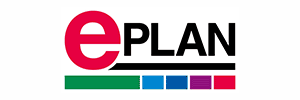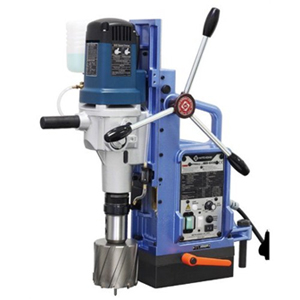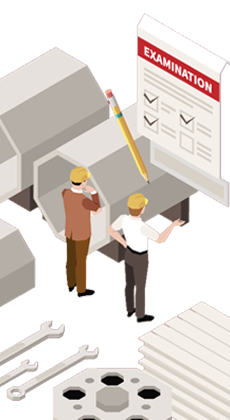Schedule a Call Back
Ace Designers is targeting $1 billion by 2029: T K Ramesh
 Articles
Articles- Sep 03,25

- Innovation & R&D: Breakthrough innovations in machine tools are still limited. Unlike IT, this sector requires heavy investment, long development cycles, and relatively modest returns.
- Skill shortages: For nearly two decades, many engineers shifted to IT and electronics, leaving a gap in manufacturing skills. This is now slowly reversing with renewed focus on manufacturing.
- Global competitiveness: Indian manufacturers must balance cost, quality, and delivery to compete globally.
- Achieving over 25% year-on-year growth
- Scaling production from the current ~8,000 machines annually to 15,000 machines, and
- Increasing exports from the current 10% to 20–25% of turnover
Related Stories

Synopsys and 3D Engineering Open Design Center at MECF in Pune
The facility signifies a significant step in accelerating access to advanced simulation technologies for MSMEs.
Read more
India’s Manufacturing Expansion Slows to Nine-Month Low
Manufacturing growth eased in November as export orders weakened.
Read more
Study Warns High Aluminium Costs Could Hurt India’s Manufacturing Goals
Report says rising input costs and duty structure risk slowing aluminium-driven growth.
Read moreRelated Products

Bmt Tool Disc and Tool Holders
Prominent Machine Tools offers a wide range of BMT tool disc and tool holders.
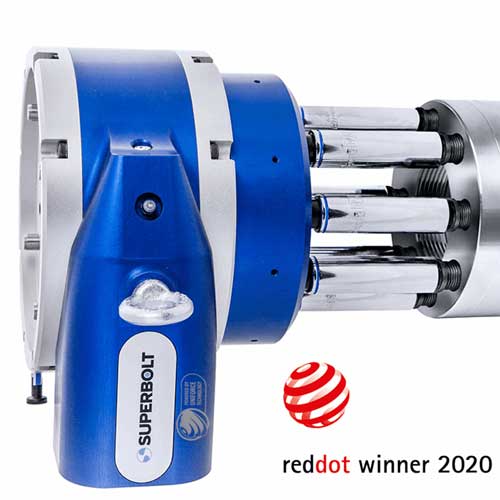
Superbolt Tool
Nord-Lock India Pvt Ltd offers a wide range of Superbolt
tool.
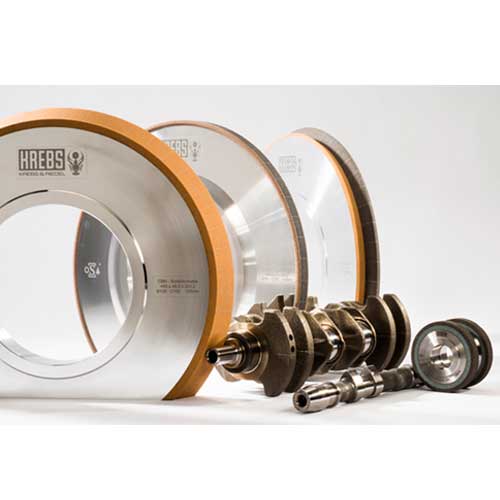
Cbn and Diamond Tools
Krebs & Riedel Abrasives India Pvt Ltd offers a wide
range of CBN and diamond tools.




